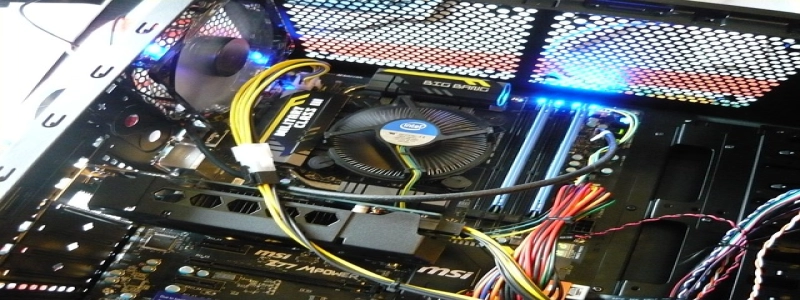Ethernet Traffic Generator
Introduction
Ethernet traffic generation plays a crucial role in network testing and performance evaluation. It allows for the simulation of various network traffic patterns and conditions, enabling network administrators and engineers to assess how a network infrastructure would perform under different scenarios. In this article, we will delve into the concept of an Ethernet traffic generator and explain its inner workings.
I. What is an Ethernet Traffic Generator?
An Ethernet traffic generator is a tool or software that generates and sends synthetic Ethernet traffic to a network. It creates realistic network traffic patterns, emulating the behavior of different types of applications and users. The generated traffic can be customized to meet specific testing requirements, providing a valuable testing environment for network administrators.
II. Why is it Important?
1. Network Performance Evaluation: An Ethernet traffic generator enables network administrators and engineers to assess the performance of a network infrastructure under different conditions. By generating various types of traffic, they can identify potential bottlenecks, evaluate the capacity of the network, and make informed decisions regarding network upgrades or optimizations.
2. Application and Device Testing: With an Ethernet traffic generator, applications and devices can be tested under realistic scenarios. This is particularly useful for developers, as it allows them to evaluate how their applications or devices behave under heavy network traffic. They can analyze performance, identify vulnerabilities, and make necessary improvements.
3. Security Assessment: By generating different types of traffic, an Ethernet traffic generator can be used to assess network security measures. It helps identify potential vulnerabilities in firewalls, intrusion detection systems, and other security devices, allowing administrators to proactively strengthen network defenses.
III. How does it work?
An Ethernet traffic generator typically operates on the network layer level, utilizing protocols such as TCP, UDP, or ICMP to generate synthetic traffic. It can create traffic patterns that resemble real-world scenarios, including web browsing, email sending, video streaming, file transferring, and more. The generated traffic can be customized in terms of packet size, rate, and content to simulate specific scenarios.
To send the generated traffic, the traffic generator uses network interface cards (NICs) or network taps to inject packets into the network. It can simulate thousands or even millions of concurrent users, generating a high volume of traffic to stress-test the network infrastructure. Through advanced statistical analysis, it provides detailed insights into network performance, latency, packet loss, and other critical parameters.
Conclusion
An Ethernet traffic generator is a valuable tool in network testing and performance evaluation. It enables administrators and engineers to simulate realistic traffic patterns, evaluate network performance, test applications and devices, and assess security measures. By utilizing an Ethernet traffic generator, organizations can ensure the reliability, scalability, and security of their network infrastructure.








